Jelgava Old Town Quarter
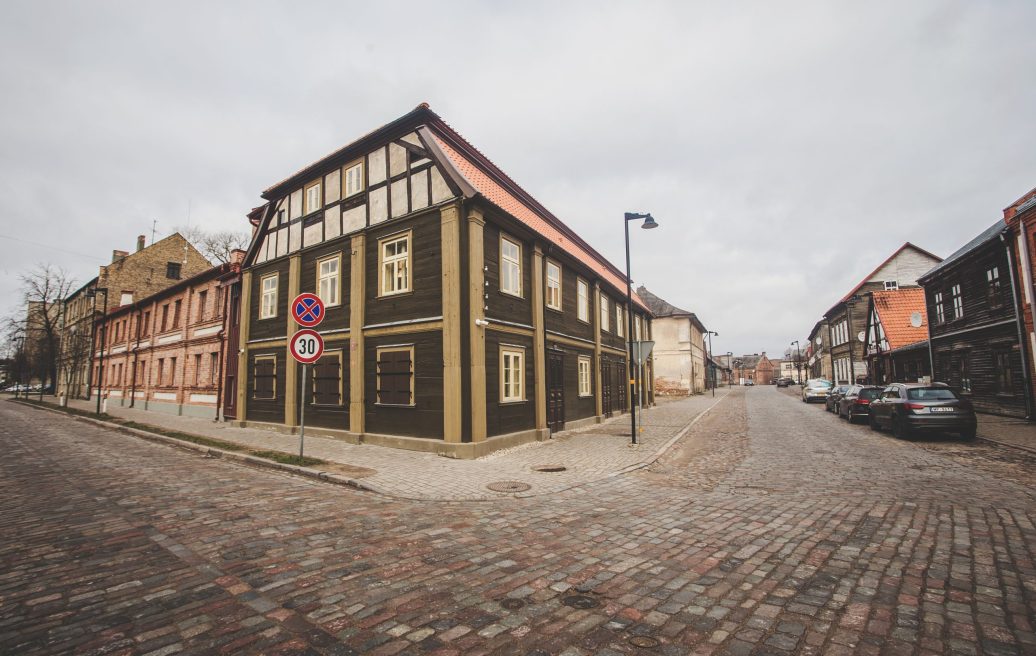
Description
Jelgava’s Vecpilsēta (Old Town) Street Quarter
Jelgava’s Vecpilsēta (Old Town) Street Quarter is the city’s oldest part, harbouring wooden buildings that survived WWII. The district was built between the 18th and 19th centuries.
As part of the ERDF project Restoration of Jelgava Old Town and Adaptation Thereof for Tourism Development, the Old Town’s streets and pavements were restored, preserving the cobblestone pavement, lanterns, benches and a memorial sign of the historical Dobele Gate were installed. Information boards were positioned in the Old Town quarter, showing tourist attractions in Jelgava and providing information about the city at different times.
Jelgava Old Town House
An architectural monument of national significance dating back to the late 18th century, Jelgava Old Town House is one of the oldest and most valuable wooden residential houses in Jelgava that has survived to the present day. The buildings on 50 K. Barona Street and 14 Vecpilsētas Street were converted into one building, uniting the Jelgava Old Town House and Zemgale Restoration Centre. The Jelgava Old Town House offers the exhibition The House Tells a Story, while the Zemgale Restoration Centre is home to metal, glass, porcelain, ceramics and textile restorers, and holds educational events.
Jelgava’s Old Town House exhibition is housed in a historical apartment. The house’s story is held in three large golden chests. By opening the drawers of the chests, you can learn facts about Jelgava’s wooden architecture, the Jelgava Old Town House, its history and its restoration. The exhibition uses innovative and interactive solutions, such as videos, animated photographs, and audio guides (in Latvian, English and Russian). Using a special soundtrack and everyday sounds, the exhibit allows you to experience the historical atmosphere of the house and even become part of it.
The house’s unique attic with its original wooden structures is also open to the public. It is planned to host thematic art exhibitions here.
Jelgava Old Town House offers a seminar room for conferences, meetings, and various creative and social events for hire.
Jelgava Old Town House – a video
Jelgava Old Town House Tells a Story– a video
Folk Wisdom and Handicrafts Homestead
Having preserved its 18th-19th century design and planning, the building at 2 Vecpilsētas Street is an important exemplar of Latvia’s historical town architecture. The building’s façades faced towards the city’s public space (towards Vecpilsētas and Jāņa Asara Streets) are of special value due to their original composition, decorative details and roof.
The Folk Wisdom and Handicrafts Homestead houses both ceramics and weaving workshops. Here, guests can enjoy demonstrations of the weavers’ craft, watching the masters weave various goods, such as the Zemgale patterned skirt, traditional woollen shawls, sashes, and other fabrics, sew shirts and bonnets, as well as weave complex patterns on the unique Viļumsons looms.
By prior arrangement, you can take a guided tour of the building, learn about its history and layout, discover the nuances of weaving, see traditional costumes take shape before your eyes, and try your hand at the craft.
When you’re done enjoying the Folk Wisdom and Handicrafts Homestead, head on over to the other restored house at 1 J. Asara Street and enjoy the delicious dishes served in Brokastnīca.
Improvements made within the project
The three-storey wooden building at 14 Vecpilsētas Street was restored and reconstructed, joining it to the adjacent two-storey stone house, which was renovated and adapted for the needs of workshops. The surrounding area was developed as well.
For a long time, the wooden house was in a state of disrepair: its foundation was made of boulders and brickwork fragments instead of a solid base. When construction work started in 2018, it was raised and new foundations were built, then bringing the building back down and restoring the exterior’s original wooden structures. This was a complex and unique procedure on a national scale.
To make the reconstructed building as authentic as possible, the construction used technologies close to history: existing and recovered building materials were used in the ceilings, walls and floors, and ancient bricks were used to restore the floors, exposing the cellar excavated during the construction and the unique attic. The courtyard pavement is made of historical cobblestones that were unearthed while installing utilities.
As a result of the restoration, the varied room finishes have been preserved, evidencing the evolution of historical interior styles, as well as providing insight into the tastes, lifestyles, and means of the house’s residents.
Investments – EUR 3,139,228.89
Of which:
ERDF funding – EUR 821,263.00
state budget grant and municipal funding – EUR 2,317, 965.89
The restoration and reconstruction project for the buildings at 2 Vecpilsētas Street and 1 J. Asara Street envisaged the preservation and restoration of the historical structures, creating a new structure at J. Asara Street, i.e., a shelter on the old foundations where a warehouse used to stand, building several smaller structures in the courtyard (storage for firewood, canopies, toilets), developing the courtyard territory, as well as creating a ceramics workshop.
The façades of the building at 2 Vecpilsētas Street preserved the historic structure, façade division, and proportion of windows and doors to the overall façade.
The renovation’s main focus was to restore the load-bearing capacity of the building’s wooden walls, preserving their authentic appearance at the same time. The original S-shaped red clay ceramic tiles will be restored, too. The house’s old wide-plank flooring was restored, the ceiling structure and its decoration were reinforced and renovated, the wooden staircase was repaired, fragments of the original decorative painting were strengthened and prepared for display, and the lost doors and windows, including the fittings, were restored according to the original samples, the original heating systems (oven shelves and stoves) were restored and displayed.
Investments – EUR 1,728,180.39
Of which:
ERDF funding – EUR 1,417,953.33
state budget grant and municipal funding – EUR 62,556.76
The project was implemented by Jelgava State City Local Government.
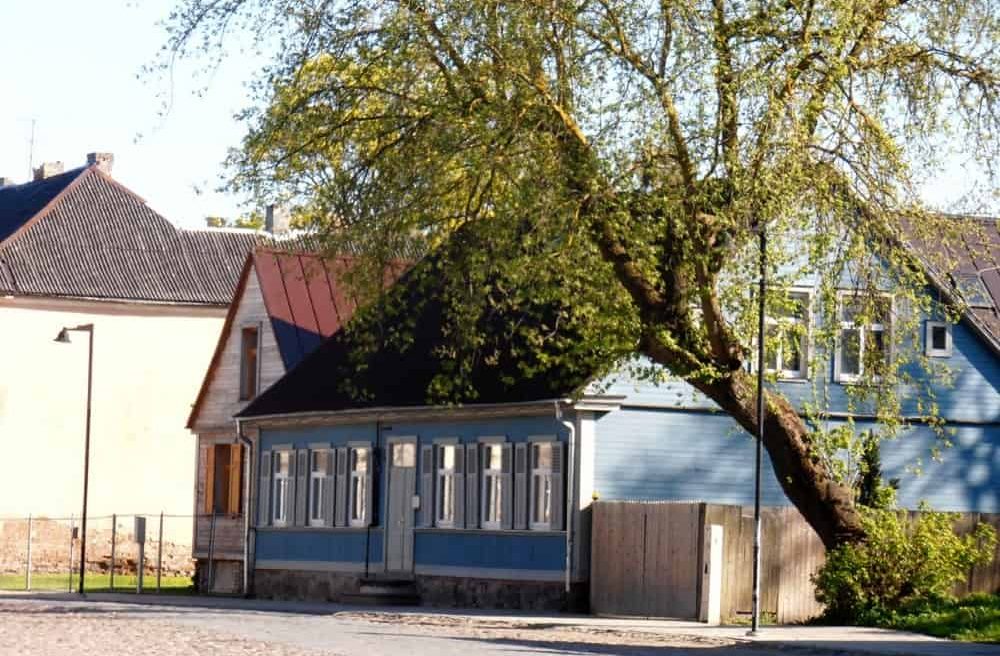
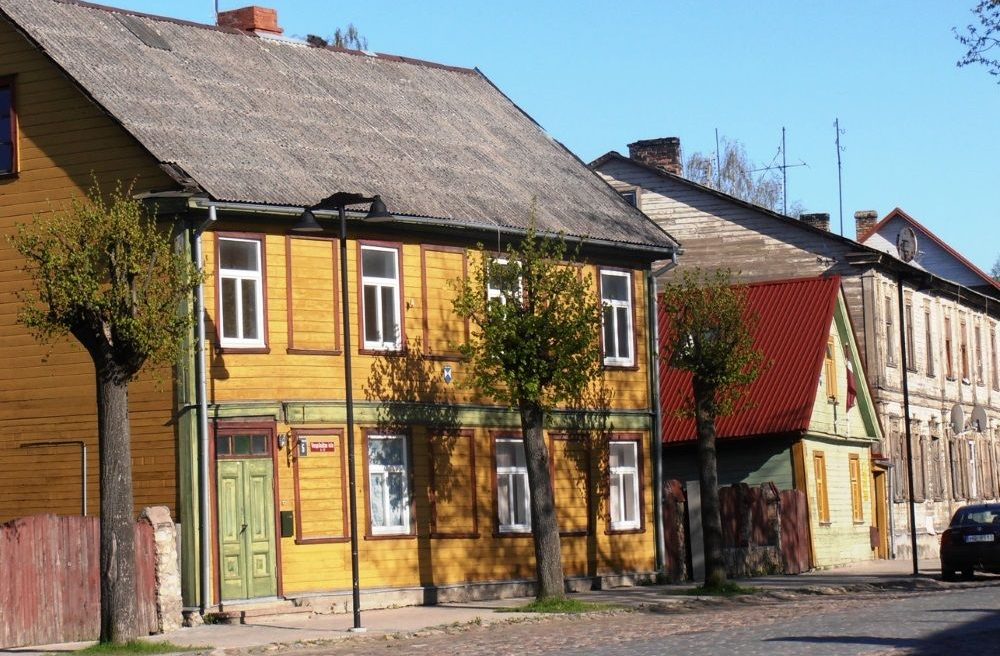
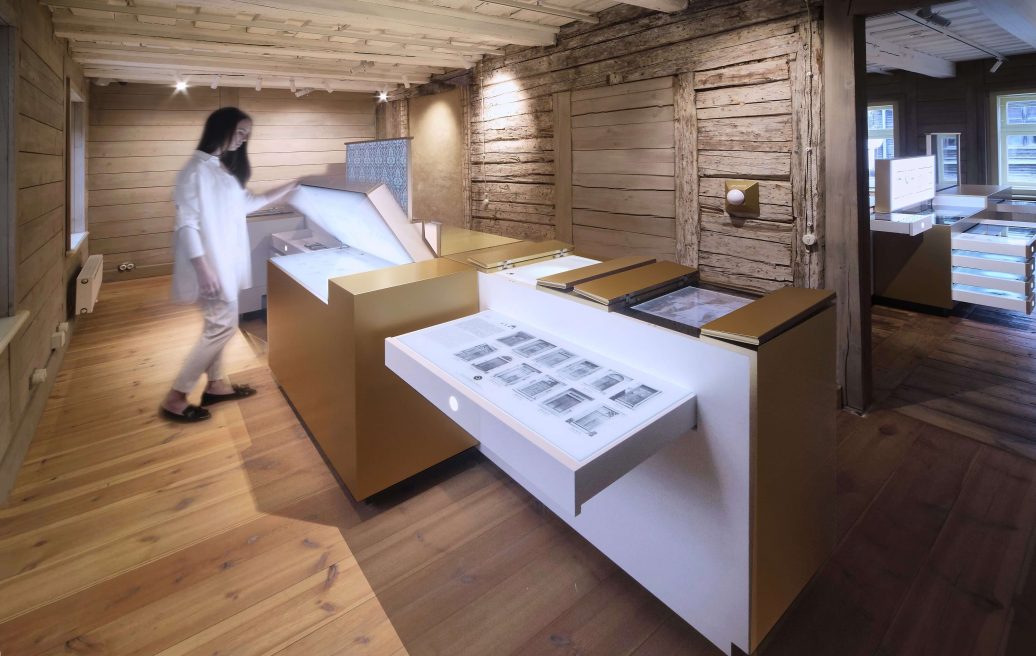
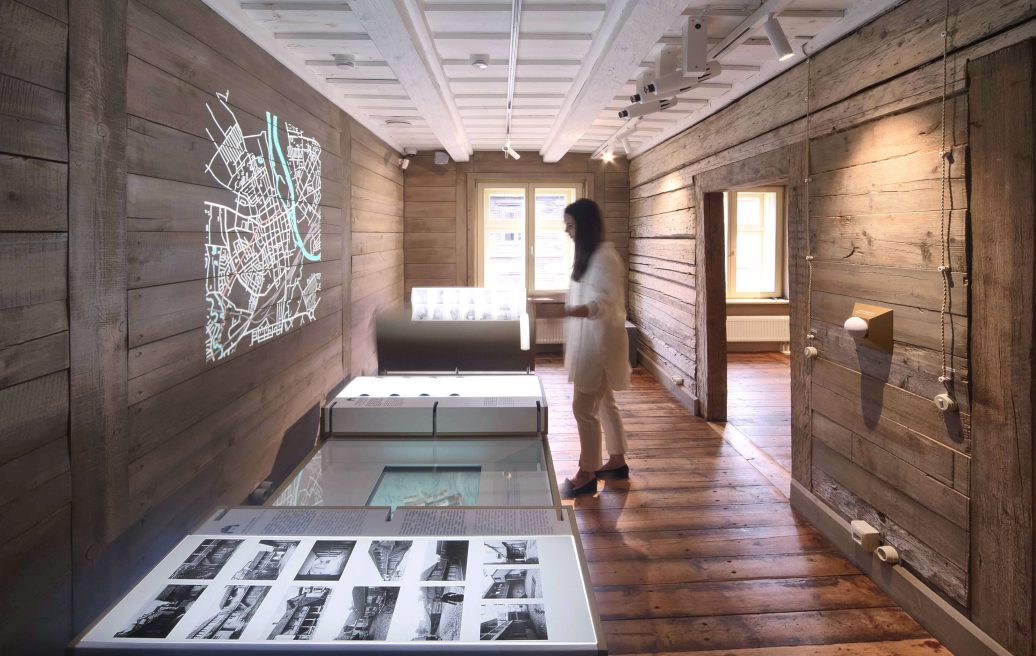
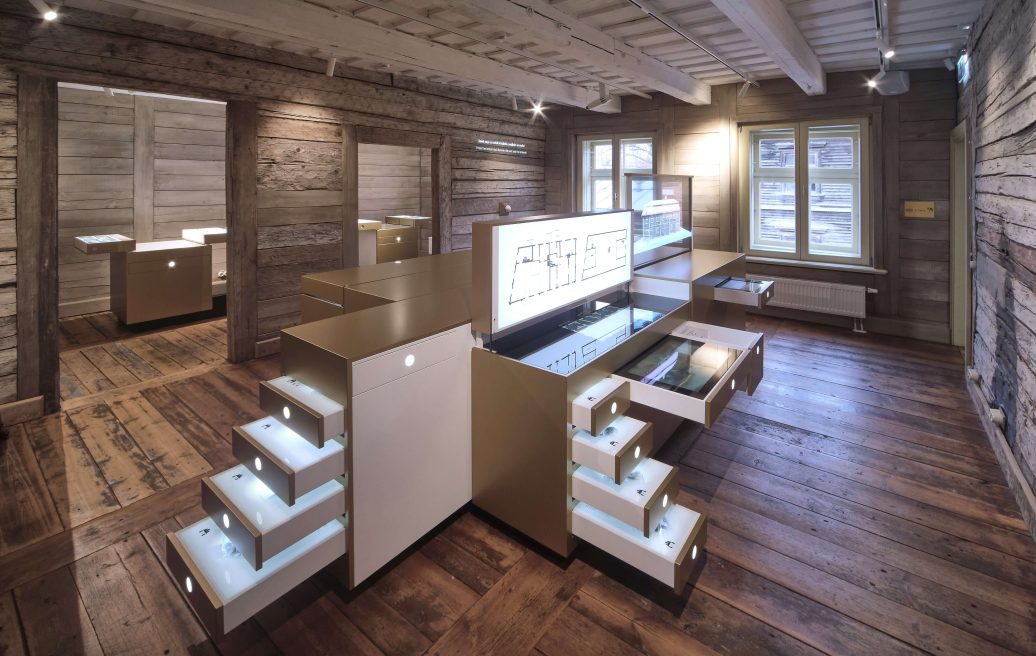
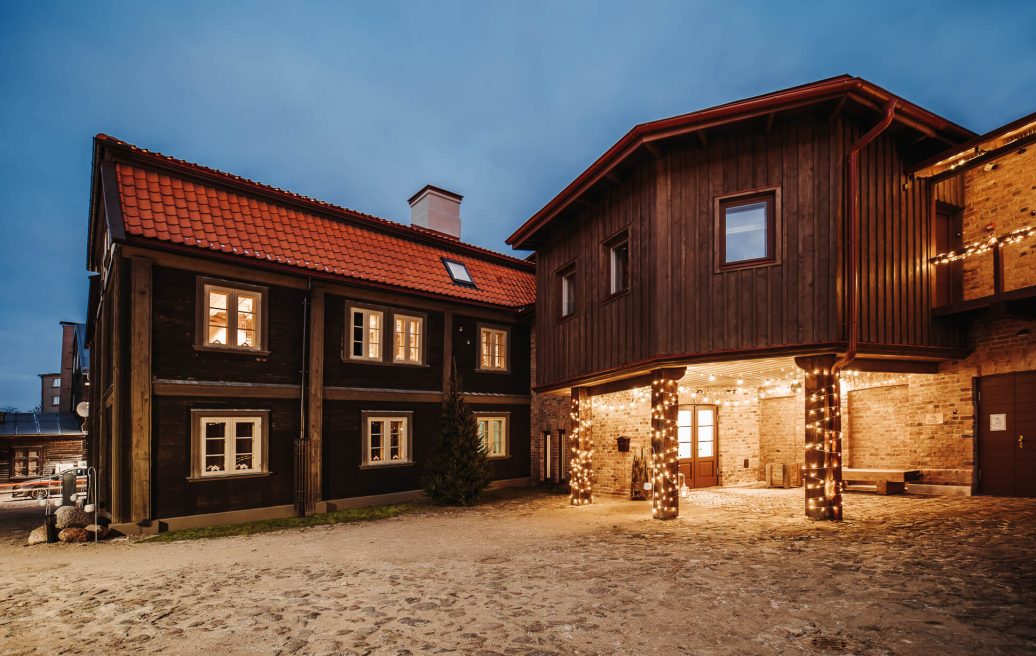
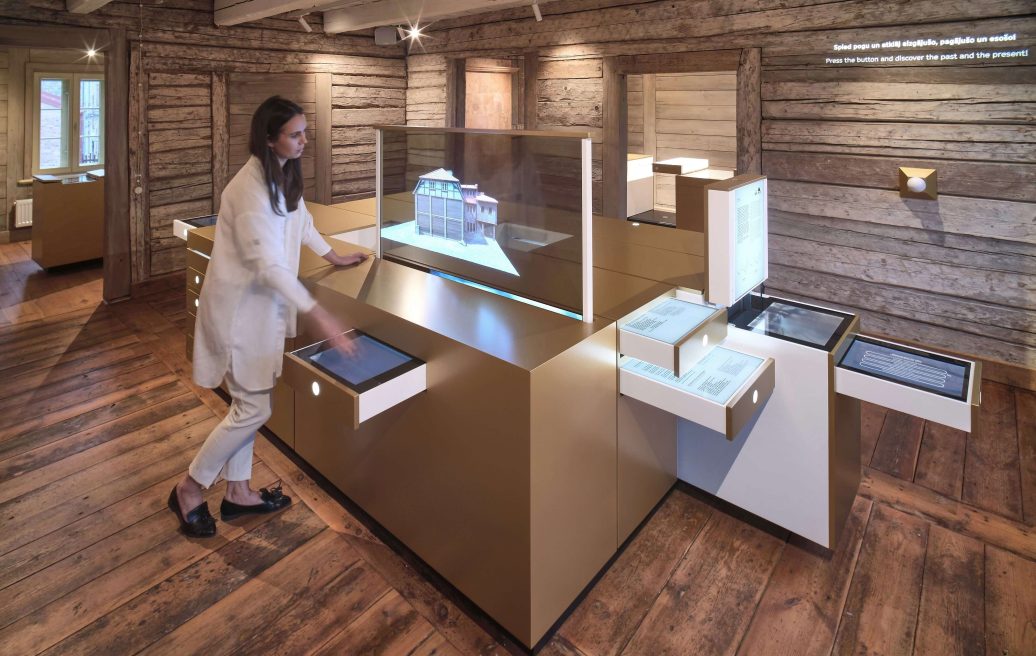
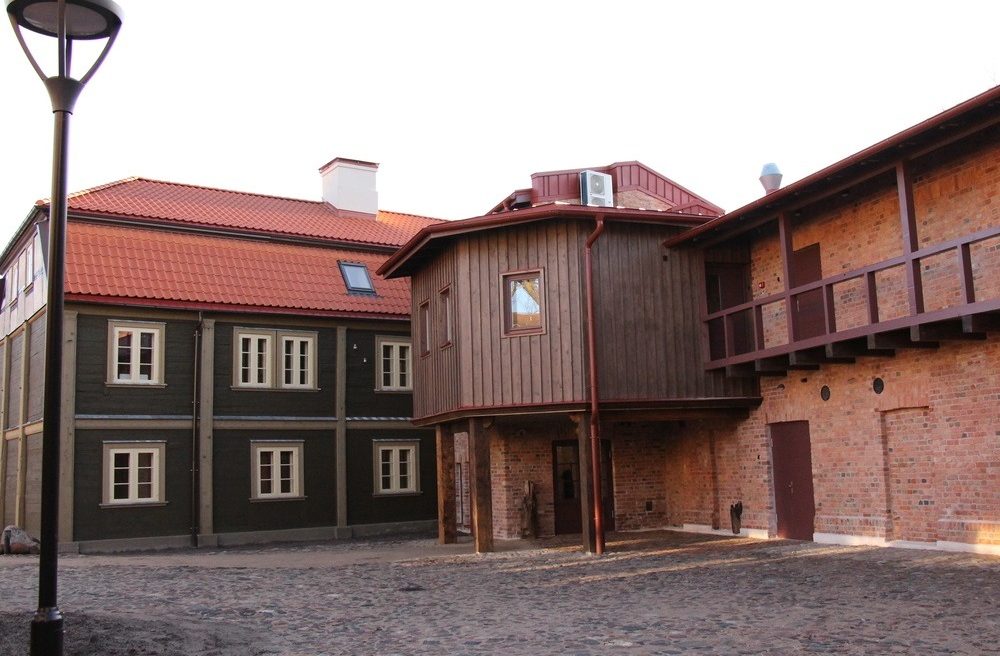
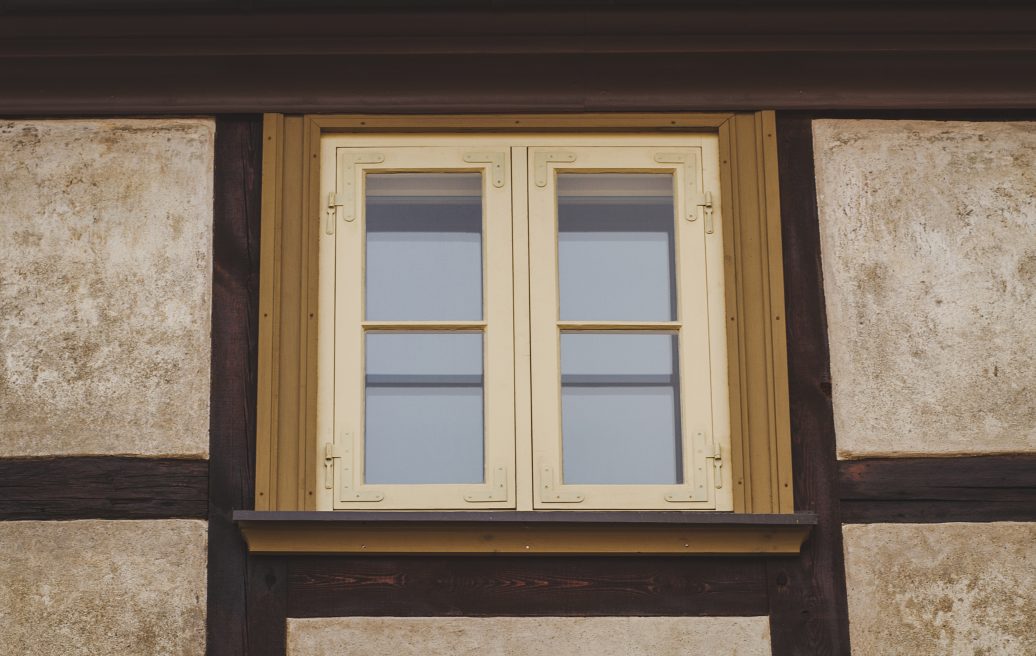

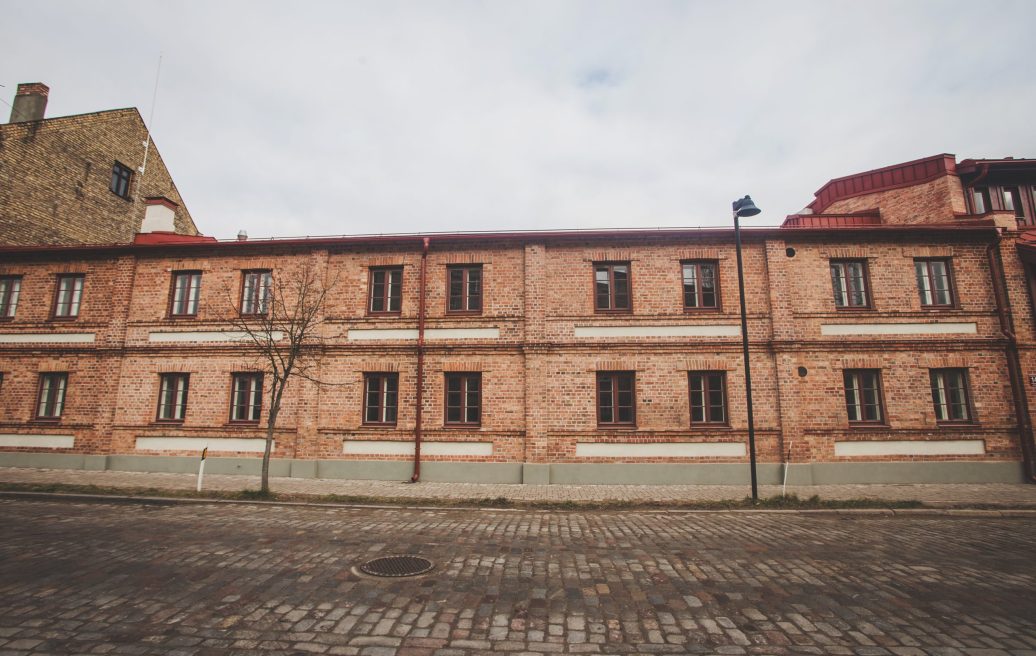
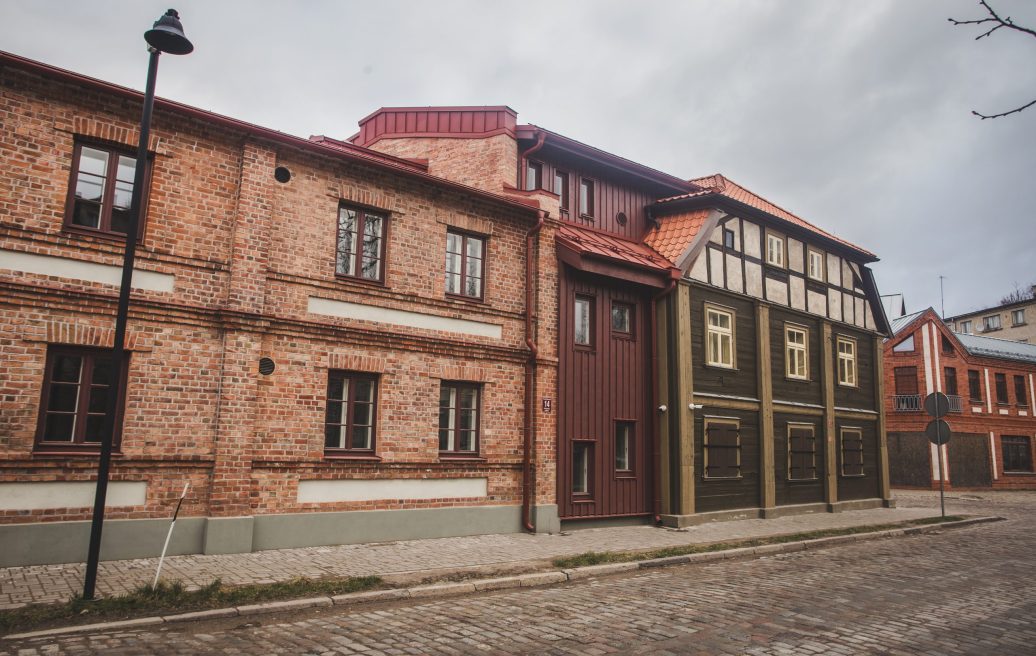
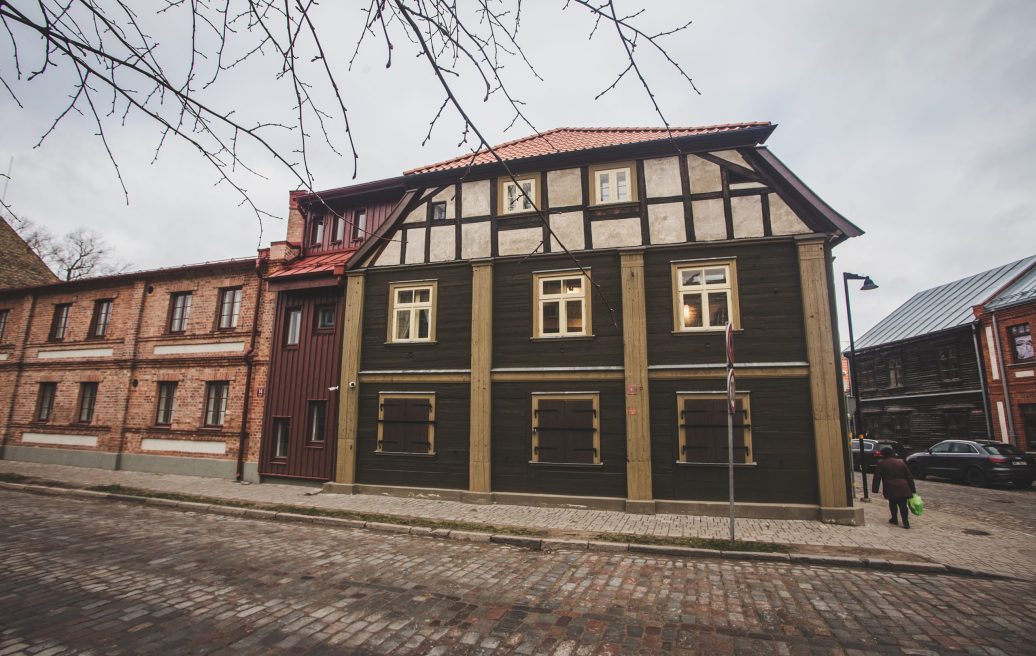
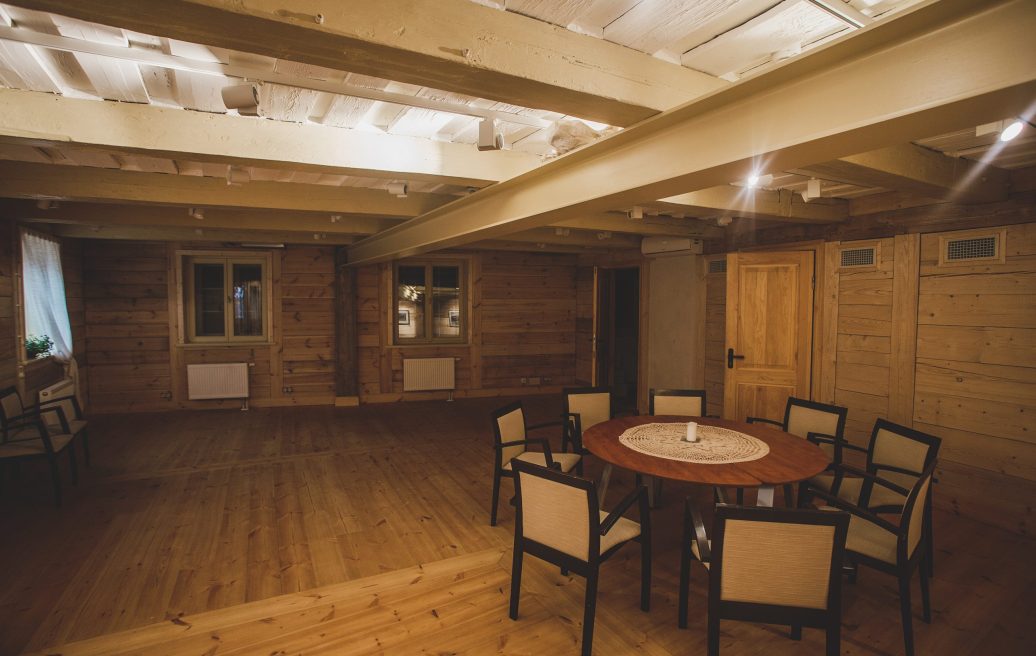
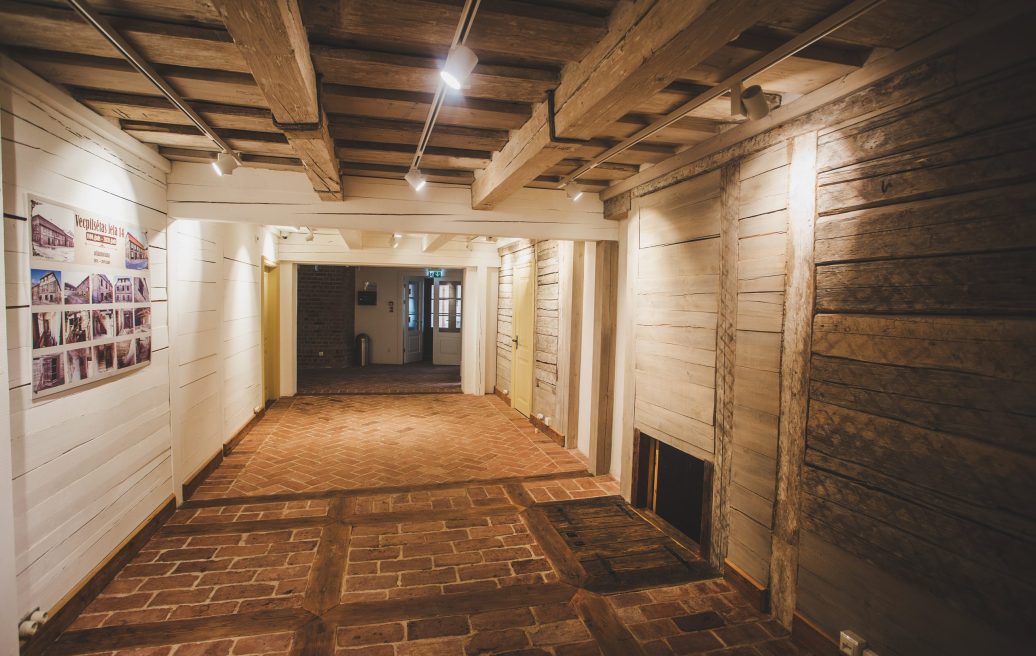
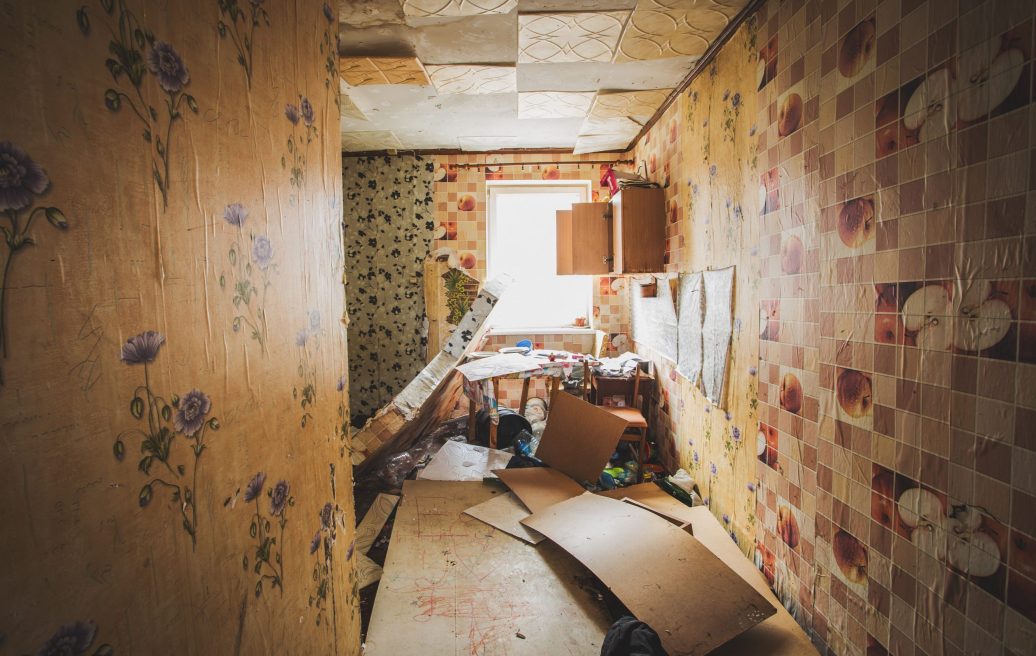
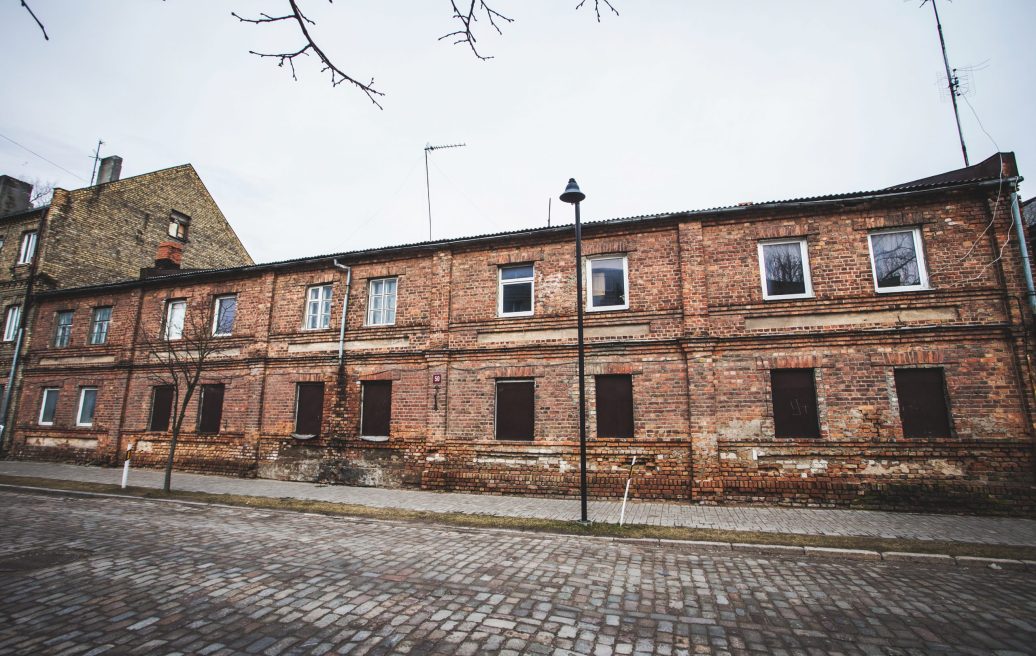
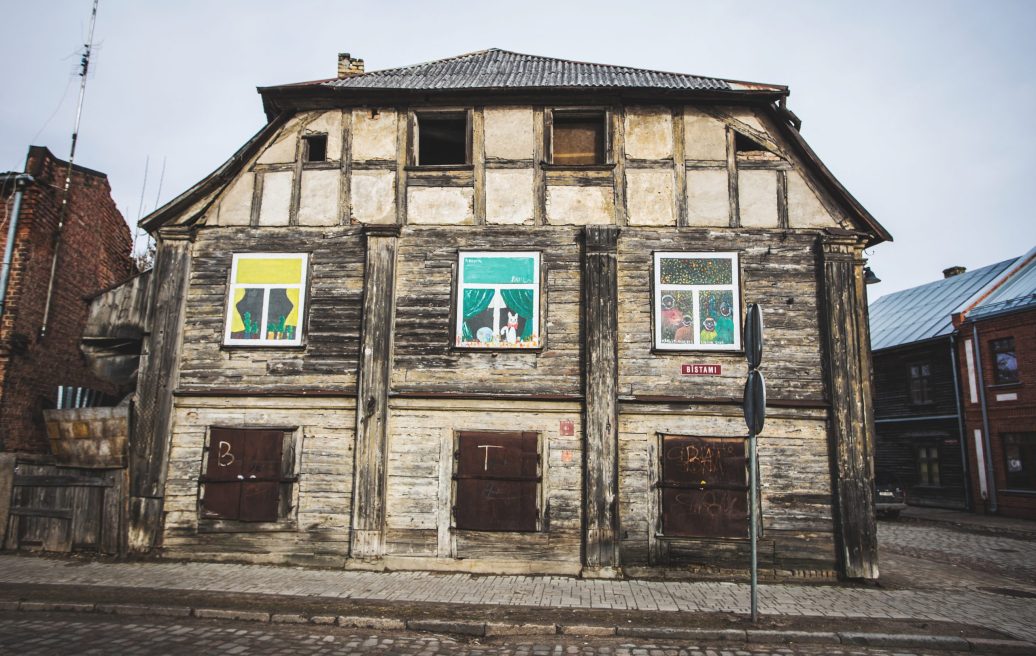
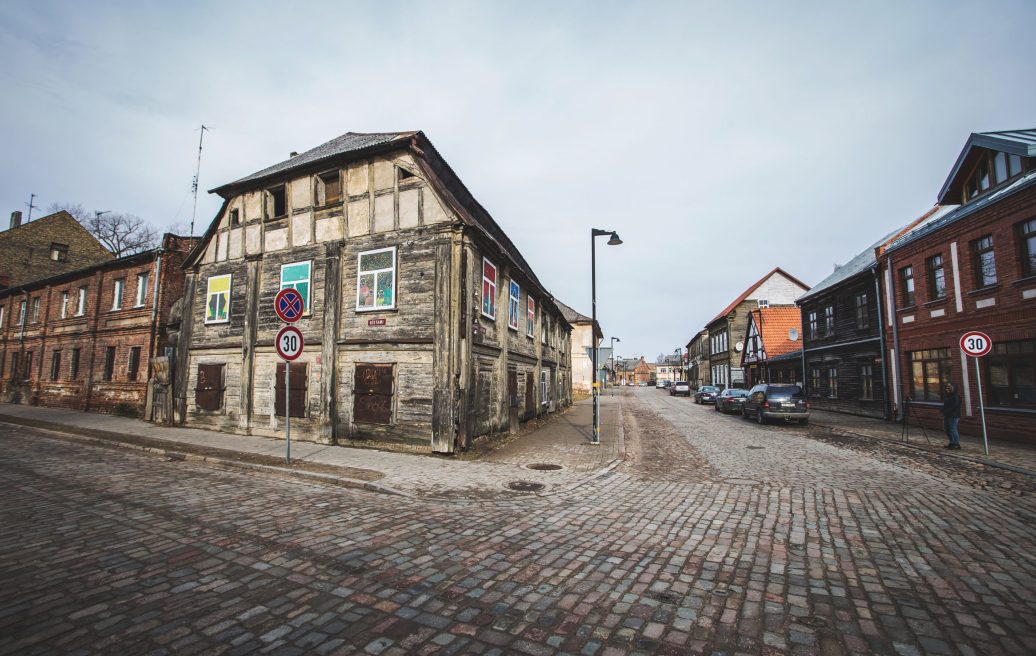
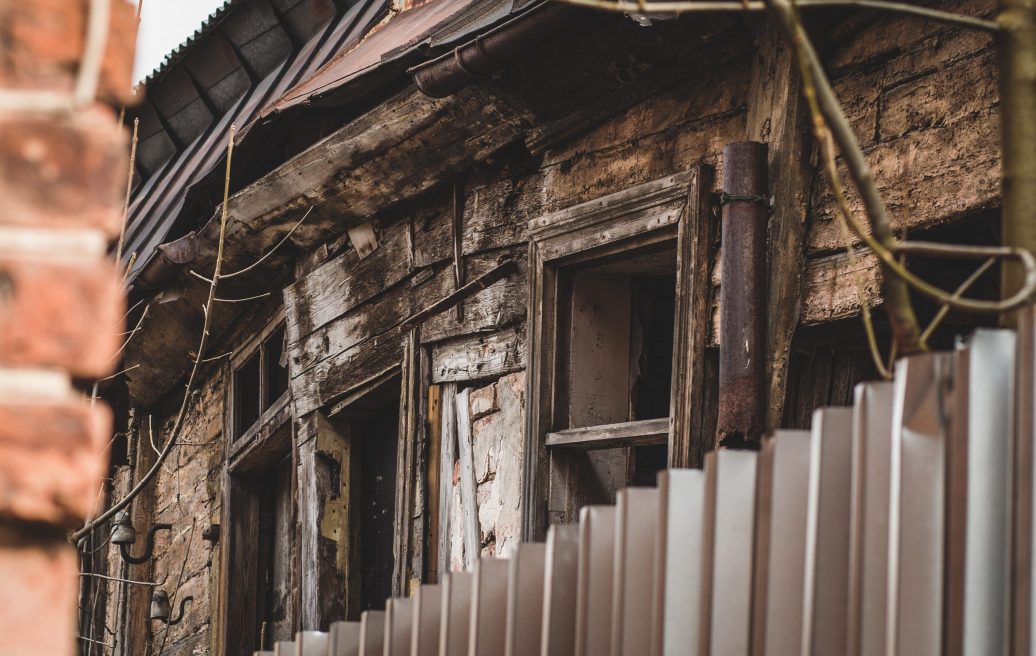
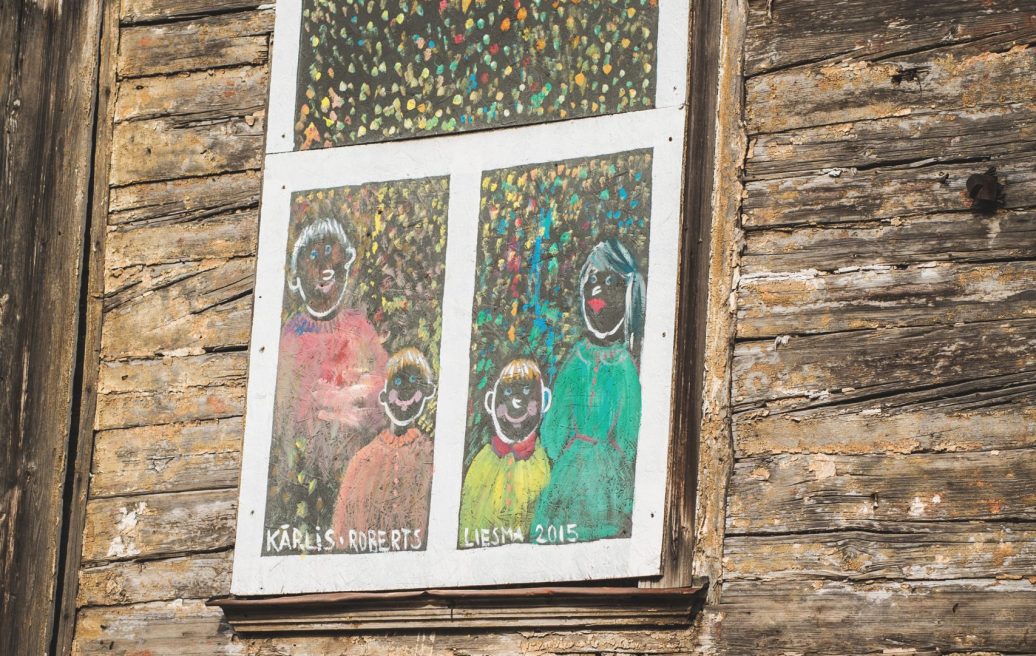
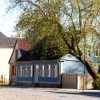
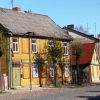
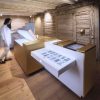
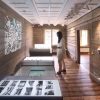
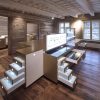
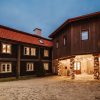
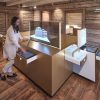
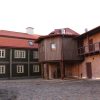
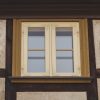
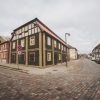
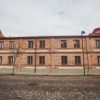
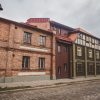
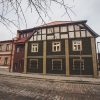
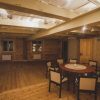
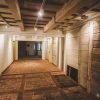
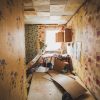
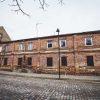
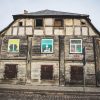
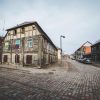
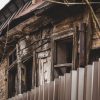
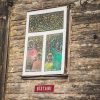
Address
Jelgava’s Old Town House
Vecpilsētas Street 14, Jelgava
Folk Wisdom and Handicrafts Homestead
Vecpilsētas Street 2, Jelgava
Working time
Jelgava’s Old Town House
Tuesday – Saturday: 10:00 – 18:00, Sunday: 11:00 – 17:00
Folk Wisdom and Handicrafts Homestead
Tuesday – Saturday 10:00 – 18:00, Sunday: 10:00 – 15:00
Admission fee
Jelgava’s Old Town House
EUR 4.00 for adults
EUR 1.50 for pupils, students, pensioners
EUR 6.00 Family ticket
Folk Wisdom and Handicrafts Homestead
EUR 4.00 for adults
EUR 1.50 for pupils, students, pensioners
EUR 6.00 Family ticket
Getting there
On foot or by private transport, there’s public transport running to Jelgava (bus, train)
Good to know
Contacts
Jelgava’s Old Town House
+371 63005407, +371 27309673, [email protected]
Folk Wisdom and Handicrafts Homestead
+371 29116210, [email protected]
More information about the Jelgava’s Old Town Street Quarter: https://visit.jelgava.lv/en/sightseeing/monuments-and-memorial-sites/item/92-vecpilsetas-ielas-kvartals
